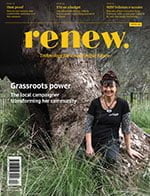Energy matters
Alan Pears brings us the latest news and analysis from the energy sector.
Why we need ‘efficient, smart electrification using renewables’, not just ‘electrify everything’
The recent Northmore Gordon study for the Energy Efficiency Council has opened up a new perspective on electrification. It shows that much of the climate benefit of electrification, until electricity emission intensity drops a lot, is actually linked to improved energy efficiency.
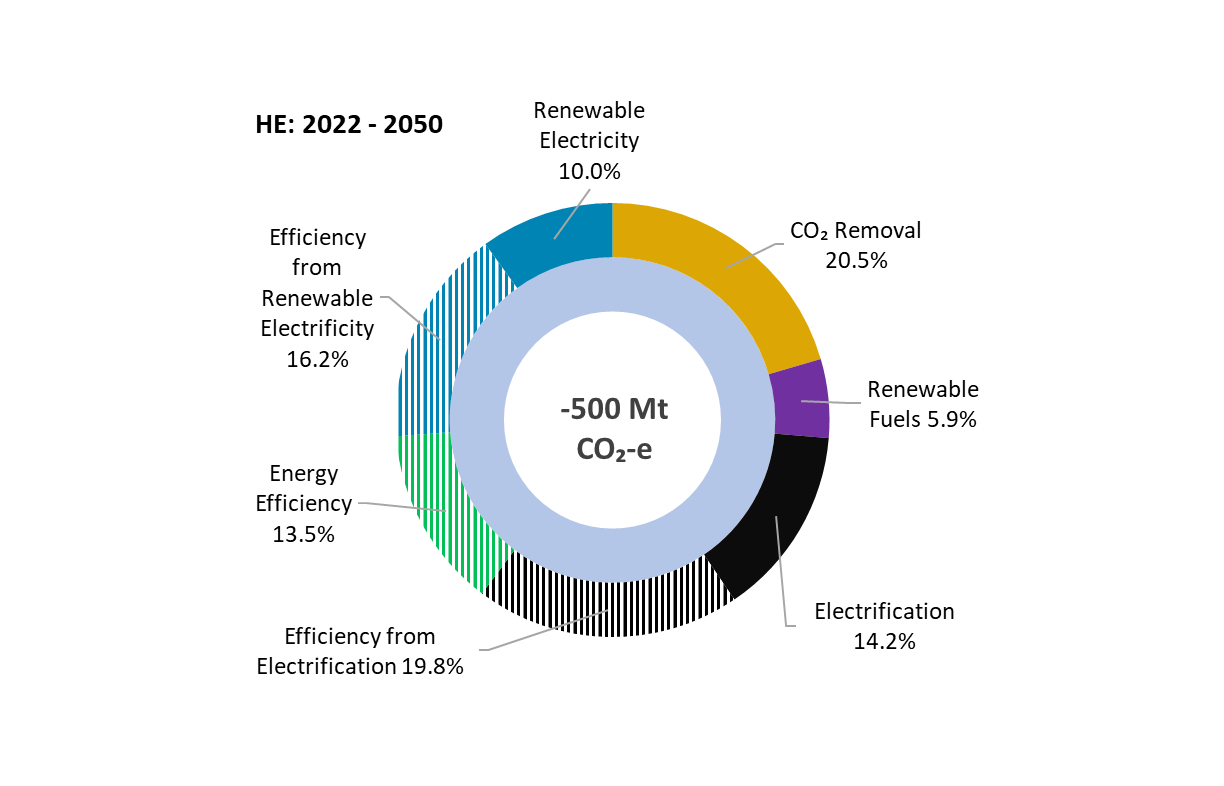
It is quite possible to electrify inefficiently, and doing this would increase climate impacts and energy costs.
Consider some examples. Today, a grid-connected resistive electric hot water service produces around three times as much climate impact as a gas storage water heater. If the government’s 2030 electricity target is met, it would still generate 80 percent of gas-fired HWS emissions. Over a 13-year life, emissions would still be higher than gas.
A typical resistive electric hot water service will require over 8kWh of electricity on a cloudy winter day when, in Melbourne, a 5kW PV system may only deliver five to 10kWh.
Installing reverse-cycle air conditioning cuts emissions but, in a typical thermally poor home, means you need to install a much bigger capacity, more costly unit that will cost more to run and generate higher emissions than for a thermally efficient home. It will unnecessarily increase
peak electricity demand. And a thermally inefficient building will not deliver health benefits or be as resilient to power outages in extreme weather.
Of course, over time, as renewable electricity increases its share of grid supply and more people use on-site renewables, the emission intensity of electricity will decline and allow inefficient electric solutions to cut emissions. But this will delay urgent emission reduction, be unnecessarily expensive, and will expose us to potential supply shortages when variable renewables are in short supply, for example in winter.
It is not annual greenhouse gas emissions that matter: cumulative emissions drive the concentration of greenhouse gases in the atmosphere that, in turn, drive global heating. Investing in inefficient electric technologies slows emission reduction.
Lack of clarity about the importance of efficiency opens the door to greenwashing and higher cost solutions if powerful interest groups promote inefficient electrification.
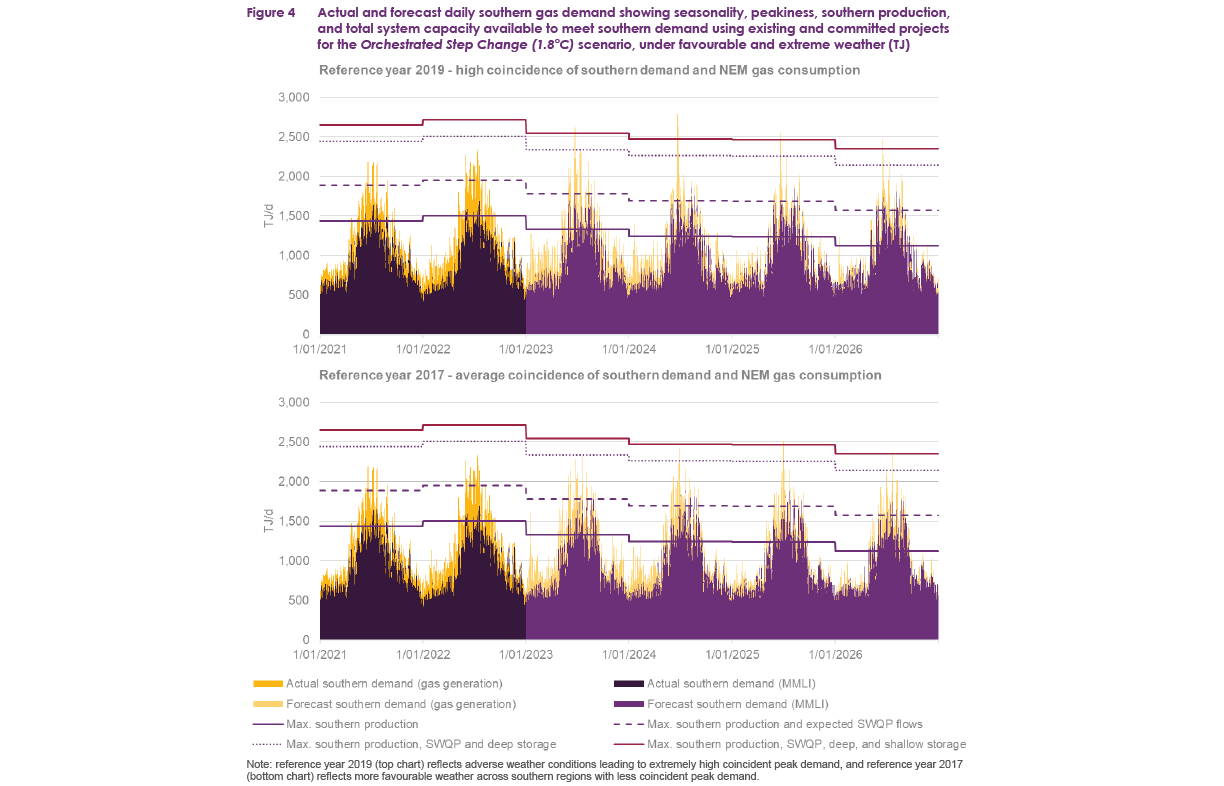
We need to update building rating schemes
The National Construction Code focuses on annual thermal energy per square metre. The National Australian Built Environment Rating System (NABERS) focuses on annual energy and greenhouse gas emissions. These rating schemes have served us well, and should certainly continue to drive performance improvement. But we need to add more sophisticated ratings to reflect and reward contributions of buildings to emerging issues, particularly summer and winter peak energy demand.
Southern Australia faces emerging winter gas supply shortages as production from local gas fields declines while winter gas demand is over three times summer demand. The focus of media coverage is on the need to develop more fossil gas supply, with no mention of the real problem. Winter demand for increasingly expensive fossil gas and gas-fired electricity is driven by inefficient appliances heating thermally appalling buildings.
This potentially drives higher capital investment in renewable energy and energy supply infrastructure that will be under-utilised for most of the year, as well as allowing dispatchable generators (gas, hydro and storage) to control high winter electricity and gas prices. High winter demand is also linked to poor health and comfort, as well as high energy costs, especially for renters.
Gas prices are high and volatile due to international factors and failure of governments to effectively regulate the gas industry. High gas prices flow through to high electricity prices when gas generation sets spot market prices.
A fundamental problem
Wherever I look, whether it’s food, clothing, building materials or energy, there is a fundamental problem. All retailers make their money by selling products. Cutting back on waste of energy, food, clothing or materials reduces their sales and profits, if all other things are equal.
Why would a rational business encourage consumers to buy less of their product?
At the same time, it is clear that consumers do not want to buy energy, food or clothing for their own sake. They want useful services such as a comfortable home or a reliable manufacturing process, or other outcomes such as status from wearing trendy clothes or owning the latest tech gizmo. But consumers can only choose from the options available, and their perceptions are distorted by past experience and advertising.
How do we incentivise or require retail businesses to help consumers to cut waste and the emissions embodied in our purchases?
Back to the future and disruptive change
We are entering a time of astounding disruptive change. It’s being driven by many factors including remarkable technological development, radically different business models enabled by digitalisation and modular, flexible electric technologies.
President Putin’s escapade, recognition that economic fundamentalism based on poorly designed market models has failed and, of course, accelerating climate change impacts are adding to the mix.
An example of possible disruption in the food value chain could shock our dairy and meat industries. Radical thinker Tony Seba has pointed out that innovative sources of protein are rapidly improving in cost-effectiveness, and could out-compete traditional sources within the next decade: see RethinkX: The First Step To Replacing The Inefficient Cow, Milk—CleanTechnica.
He also points out that a substantial proportion of food production is sold ‘business to business’ within the food supply chain. End consumers may not even notice the change. But dairy and meat supply chains will.
Vale Hugh Saddler
Sadly, highly regarded energy and climate analyst Hugh Saddler passed away recently. His thorough analysis, generosity and amazing work ethic made him a major influence on energy and climate policy and many people, including me. For more detail, see bit.ly/3PbAKH3. I will miss him.
Further reading
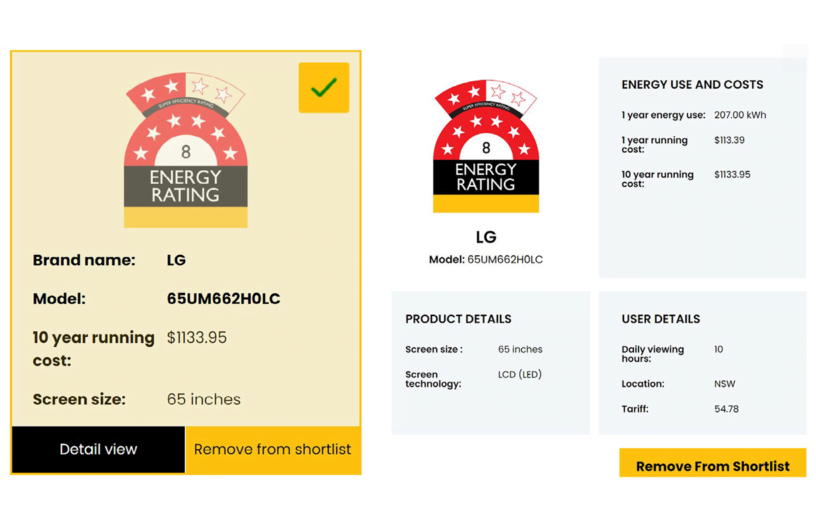 Pears Report
Pears Report
Fossil fuels, efficiency and TVs
Alan Pears brings us the latest news and analysis from the energy sector.
Read more Climate change
Climate change
What we can learn from Spain’s response to heatwaves
As Australia heads into a summer set to be marked by climate change and El Niño, resilience to extreme heat is front of mind. Renew’s Policy and Advocacy Manager Rob McLeod reports on Spanish responses to heatwaves and the lessons for Australia.
Read more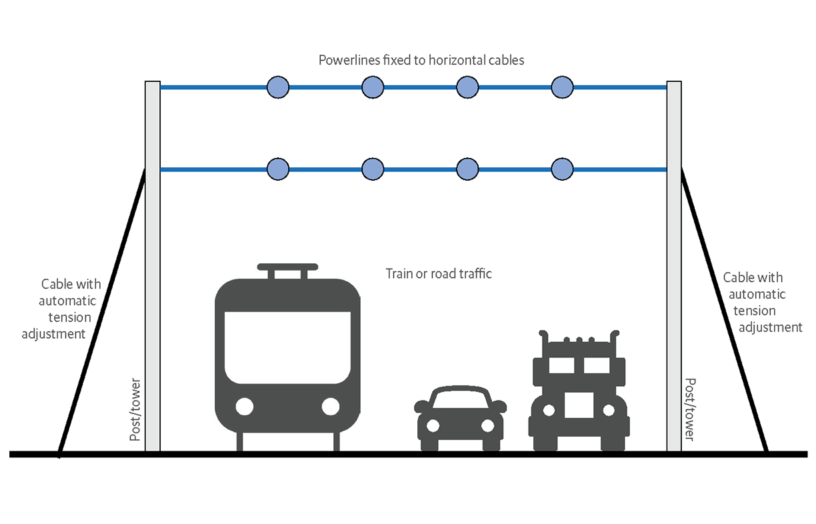 Pears Report
Pears Report
Transmission and emissions
Alan Pears brings us the latest news and analysis from the energy sector.
Read more

